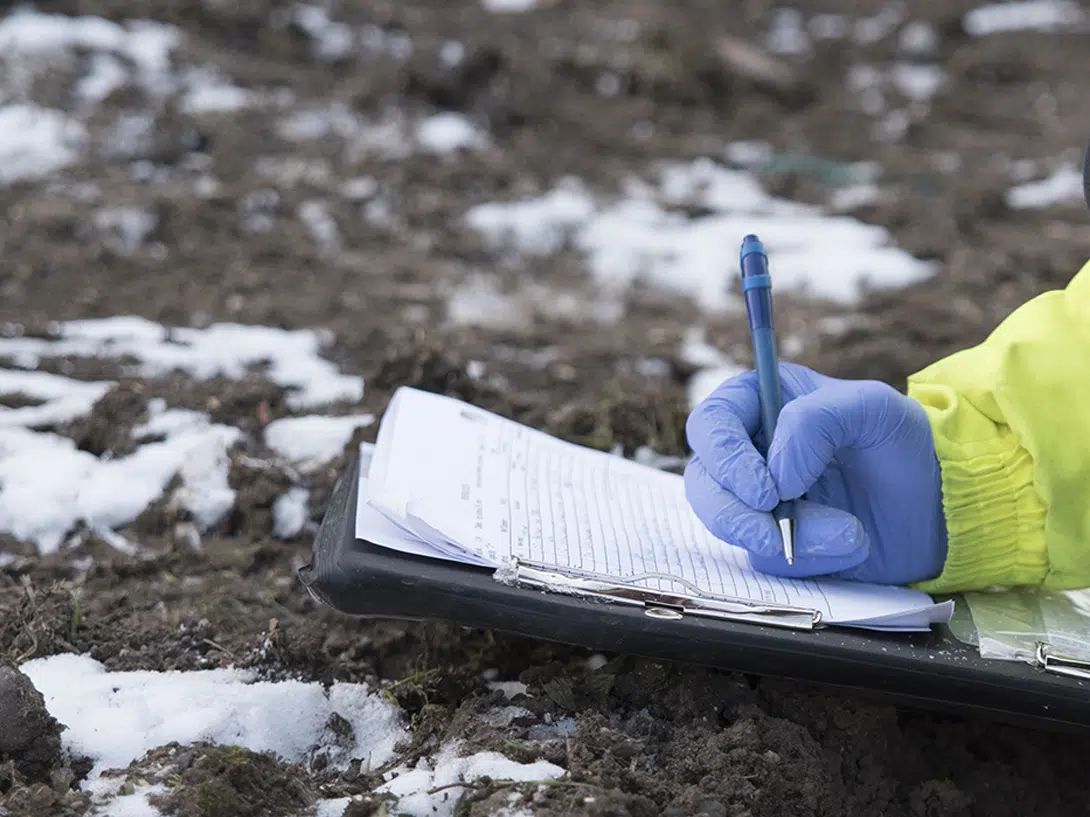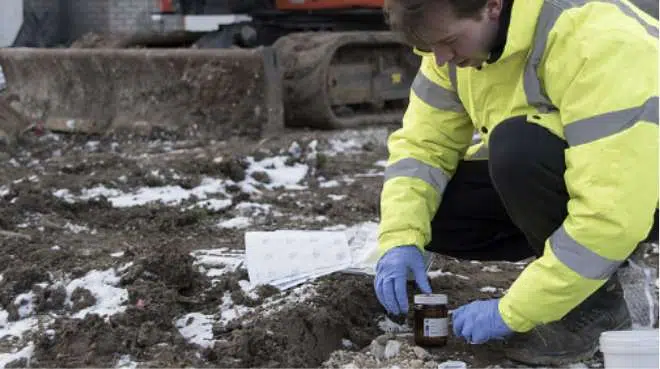Find out how we can help.

Working in all weather conditions is part of working in construction however; the winter can be particularly cold and unpredictable. As we all know, snow tends to bring the British Isles to a standstill making our site investigations a real logistical challenge.
At Lustre we always like to proactively prevent delays, so we have come up with our top 5 Challenges for Winter Working when planning a site investigation during the winter months.
1) Delays due to snowfall are inevitable…our drilling crews and surveyors are based all over the UK so we expect longer journeys and possible cancellations if they are stuck.
2) Less daylight hours during mid-winter means that we have less hours to safely work on site. Once on-site we may have to deal with frozen water pipes, frozen ground, additional clearance works, and mechanical issues. This will mean that our investigations may take longer than during the summer months.
3) Snow cover hides things! Service clearance is limited when there is snow cover on the ground. The snow can hide man-hole covers, scars and other service indicators making it very difficult to trace and identify. The same can be said for Phase 1 walkovers. These should not be carried out during any snowfall as it can mask any signs for potential contaminative sources present at a site.
4) Appropriate clothing is essential for keeping warm whilst on site. When the temperatures drop to freezing, you will now see the team at Lustre sporting padded, lined, waterproof hi-vis ‘Onesie’s’ to stay warm and dry.
5) Finally, safety is always our priority, if there is any doubt we consider it better to reschedule a site investigation until it is safe to travel and dig holes. It will often be safer, quicker and less costly to wait a few days for the snow to clear…
And there is one positive of working in colder weather…our samples will stay nice and cold!

How we can protect your construction site from unnecessary delays and costs. If piling is part of your construction plans, a piling risk assessment could be a vital step to avoid potential problems that could disrupt your project, including: Piling risk assessments are now explicitly referenced within the Environment Agency’s Land Contamination Risk Management Guidance […]
How we can protect...
A surface water soakaway is used to capture then allow the infiltration and filtration of water runoff through a subsoil to the water table below. Your soakaway should provide sufficient short-term storage of surface water and allow the surface water to percolate into the surrounding ground. The National House-Building Council (NHBC) provides detailed guidance on […]
A surface water...
Contamination is not always something that can be seen; often contamination is invisible, buried below ground or is present in perfectly normal looking topsoil.
This is a question...
What is a Phase 1 Desk Study? A Phase 1 Desk Study will determine if contamination could be present at your site, and importantly, if that contamination poses a risk to future site users or the environment. Why is a Phase 1 Desk Study needed for this site? If the Desk Study finds that the […]
What is a Phase 1...